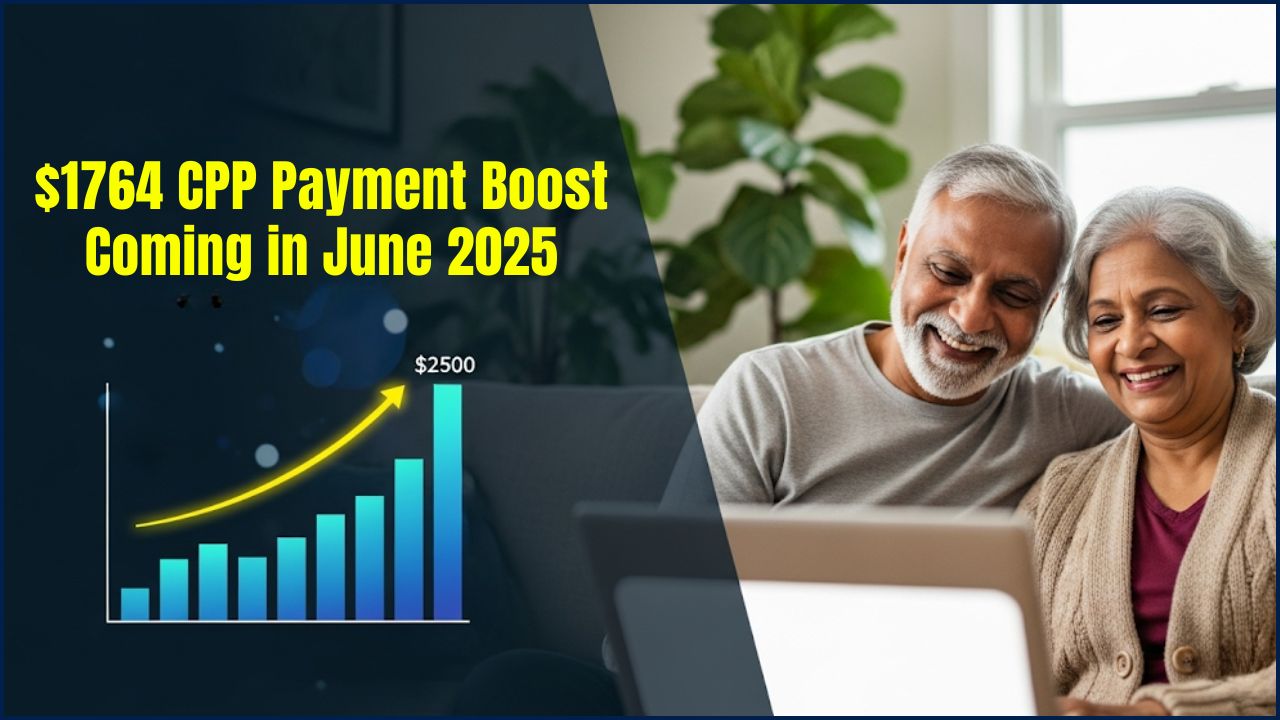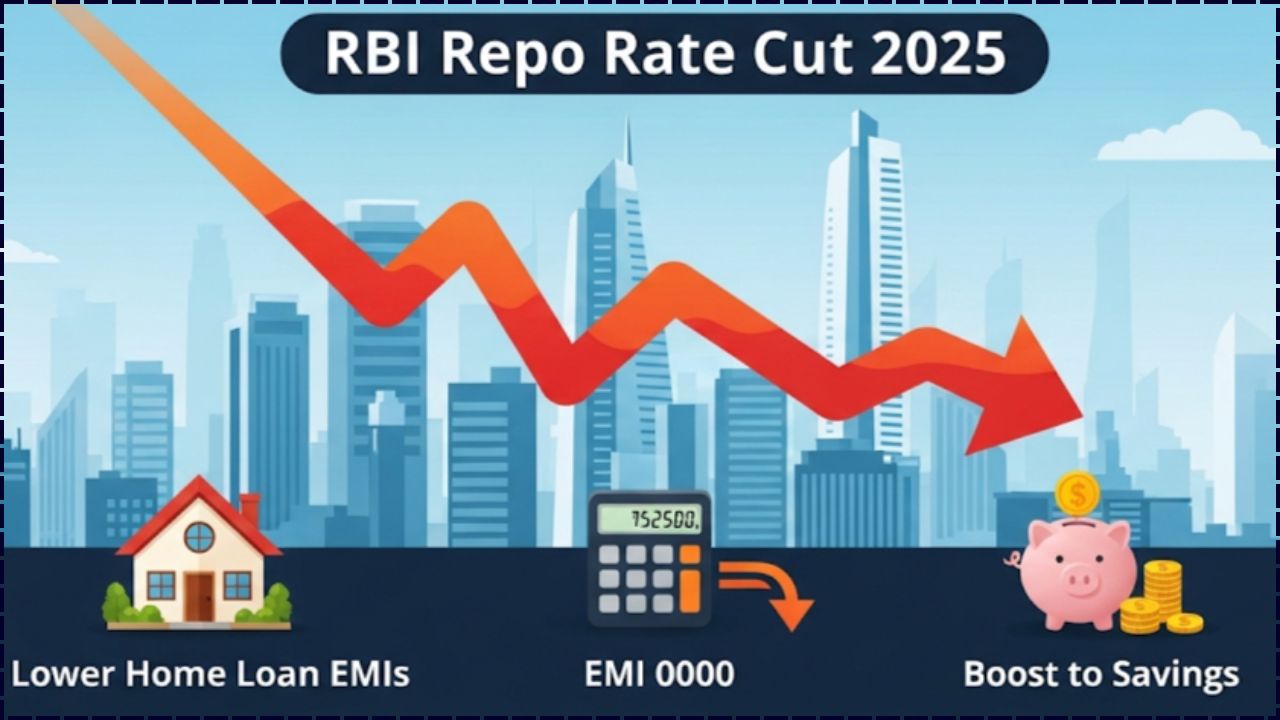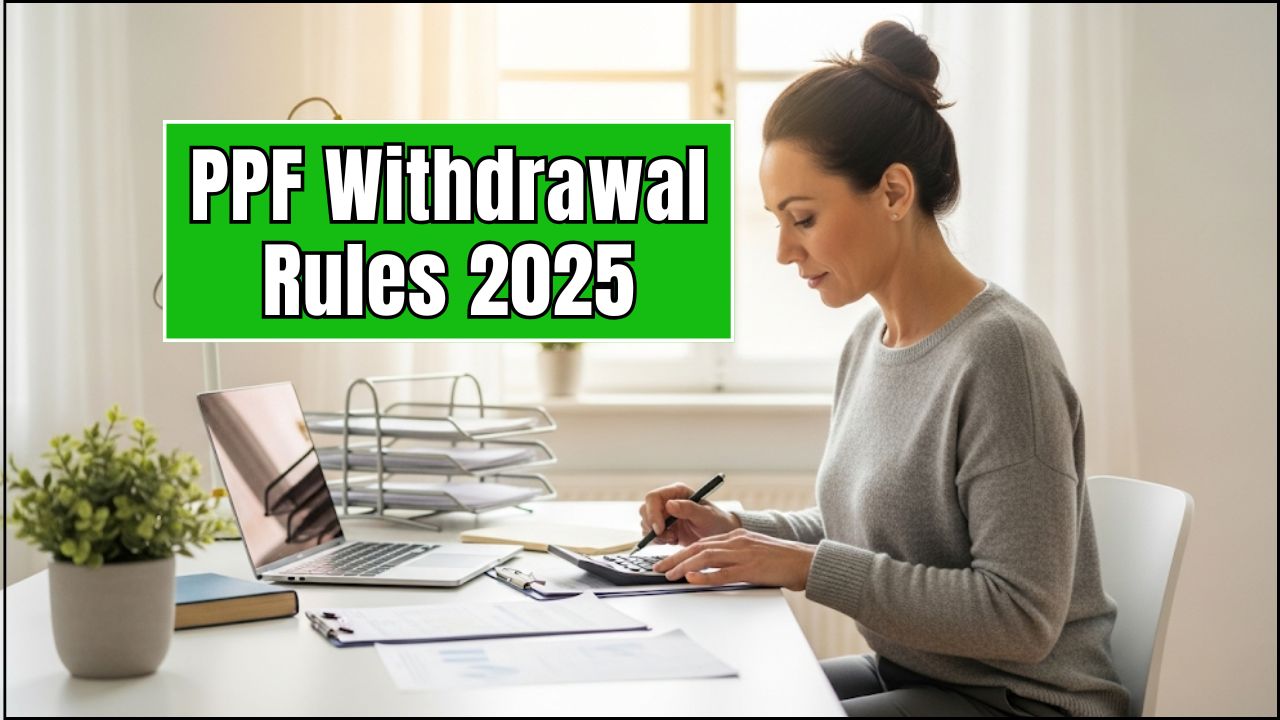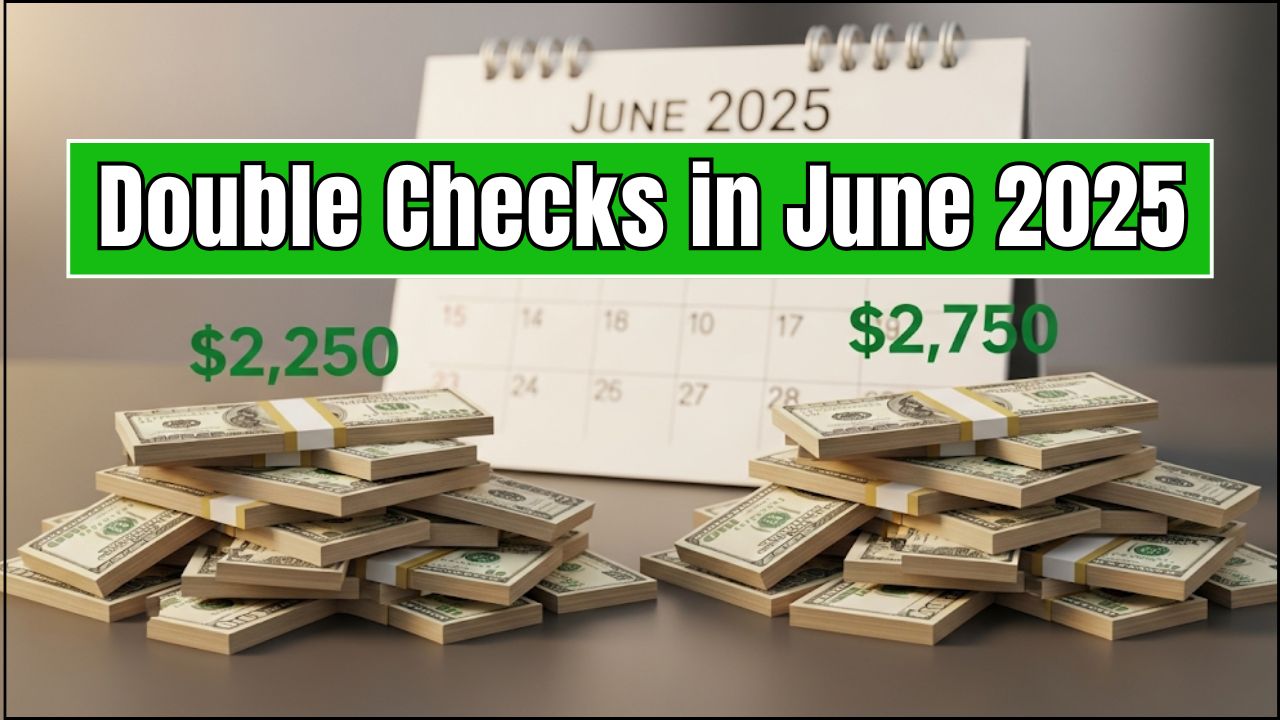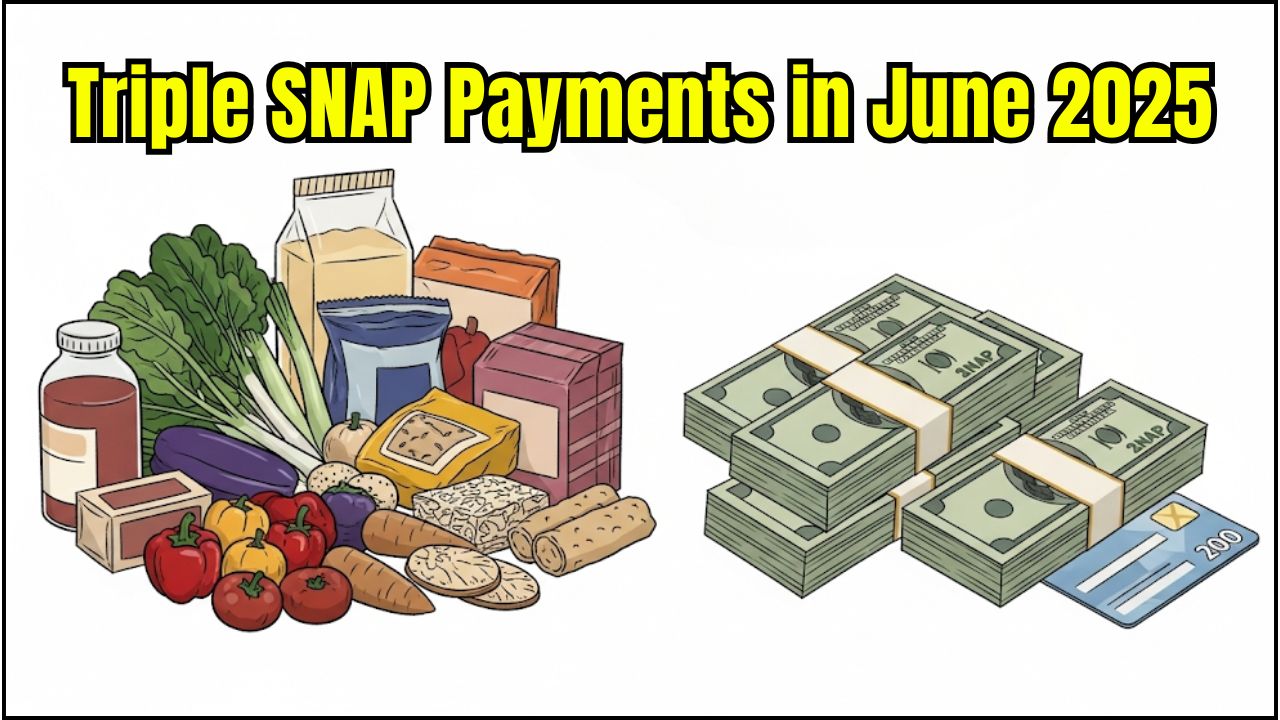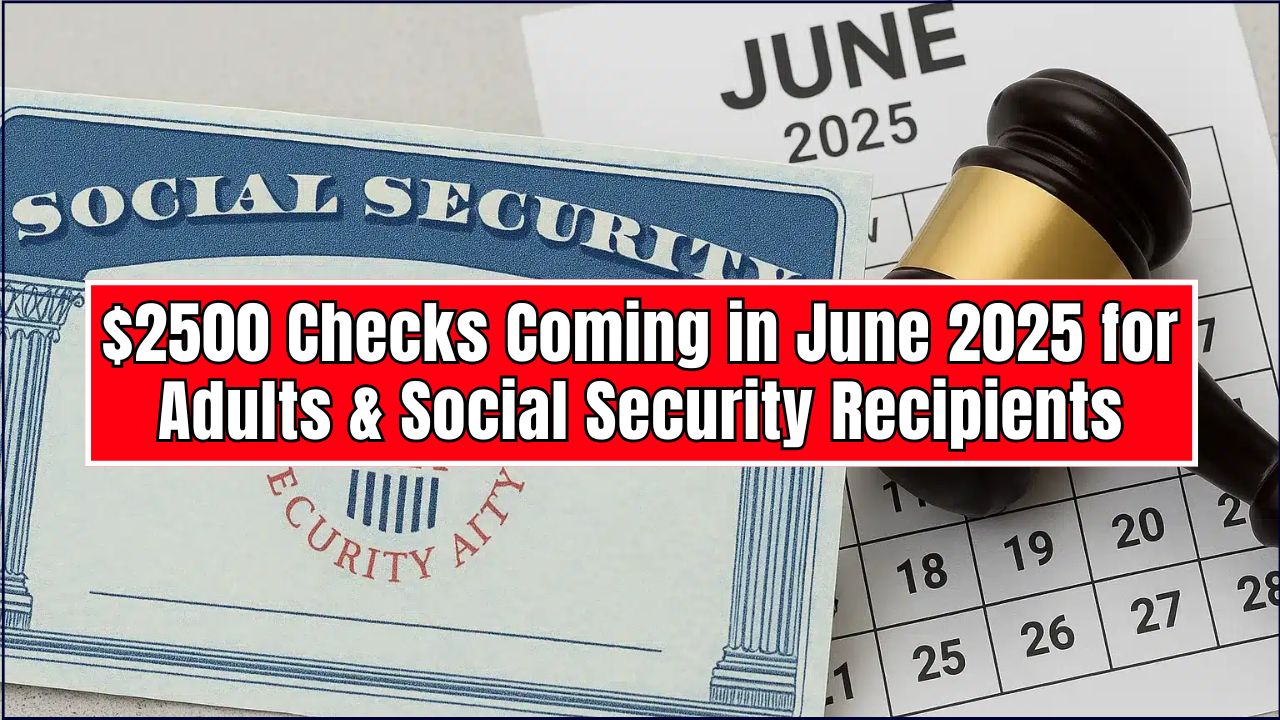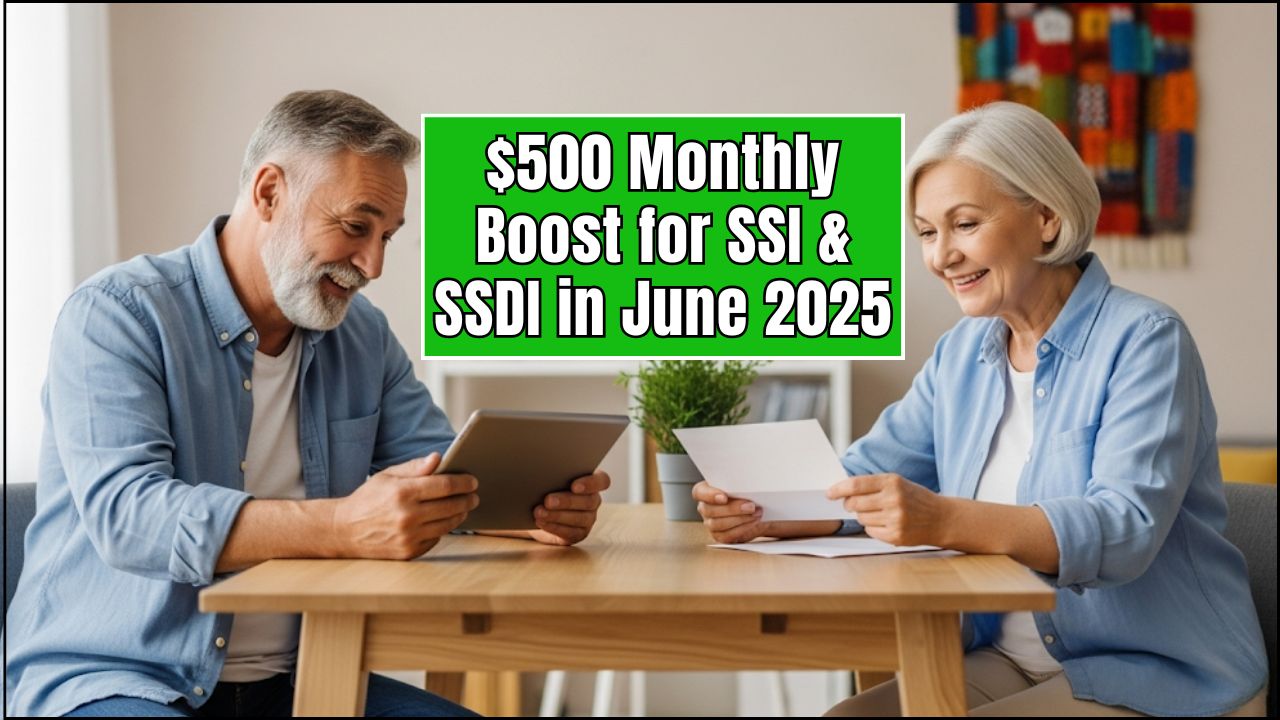In 2025, student loan forgiveness is no longer a distant dream—it’s a real possibility, but only if you know how to navigate the fast-changing rules. Whether you’re a teacher in Tulsa, a nurse in Newark, or a recent grad in debt up to your eyeballs, these new policies can help slash your balance—or wipe it out completely.
In this complete guide, we break down the newest plans, who qualifies, how much you can get forgiven, and smart steps to take right now.
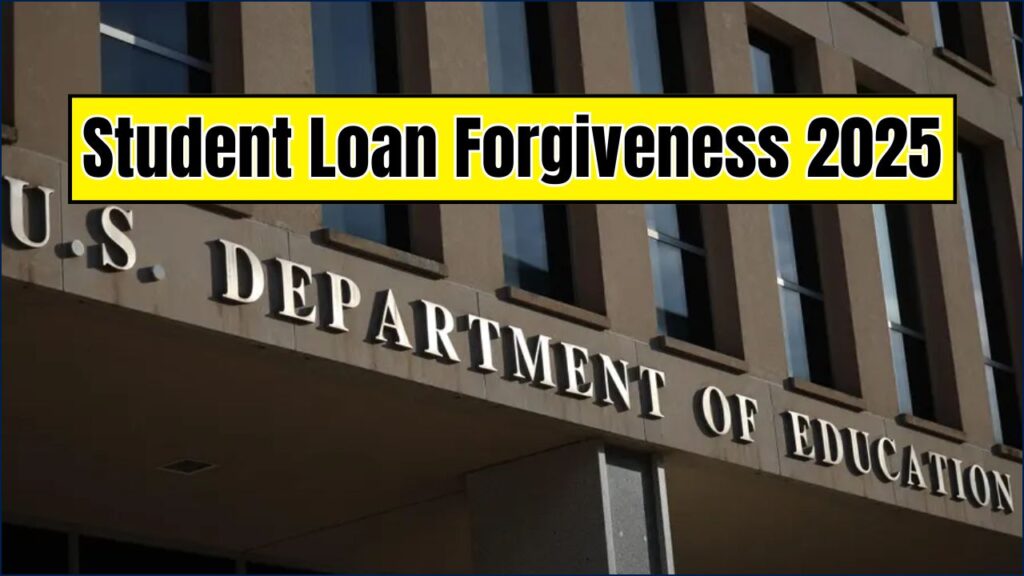
What Exactly Is “Loan Forgiveness”?
Think of student loan forgiveness as a helping hand that cancels some or all of your remaining federal student loan debt. It’s not a free-for-all; you have to qualify by meeting specific requirements, like working in a certain type of job for a number of years (like with Public Service Loan Forgiveness) or making consistent payments under an income-driven repayment plan. It’s the government’s way of rewarding public service and providing relief to those who’ve been paying for a long time.
Forgiveness Then vs. Now: A Shift in Approach
Just a few years ago, student loan forgiveness was a bit of a maze with very narrow pathways. For example, before recent reforms, the Public Service Loan Forgiveness (PSLF) program had a notoriously high denial rate, with only a tiny fraction of applicants succeeding. Now, in 2025, while some programs like the SAVE plan are paused, the government has made significant adjustments to give more credit for past payments and different types of deferment and forbearance. The focus has shifted from a one-size-fits-all approach to more targeted, though sometimes more complex, avenues for relief.
Student Loan Forgiveness 2025
| Topic | Details |
|---|---|
| New Law | “One Big Beautiful Bill” limits loans, replaces repayment plans |
| Forgiveness Period | 30 years under RAP (income-based), shorter for SAVE/IBR |
| Loan Caps | Grad: $100K; Law/Med: $200K; Parent PLUS: $65K |
| Still Active | PSLF, SAVE, PAYE, IBR, Teacher Forgiveness, Borrower Defense |
| PSLF Employer Rules | Scrutiny on nonprofits/gov employers with “illegal purposes” |
| Collections Resumed | Wage garnishment, tax refund seizure resumed May 5, 2025 |
| Official Website | https://studentaid.gov |
The 2025 student loan forgiveness changes are the biggest we’ve seen in years. With new limits, stricter rules, and just two main repayment options, it’s more important than ever to act smart and fast. Whether you qualify under PSLF, SAVE, or the upcoming RAP, your future loan balance could look very different by the time these rules settle in.
Understanding the New Student Loan Forgiveness Landscape
What’s Changing in 2025?
Thanks to the new federal law dubbed the “One Big Beautiful Bill,” the U.S. is reworking its student loan system—hard. The changes affect:
- How much you can borrow
- What repayment plans are available
- How (and when) you qualify for forgiveness
“It’s a seismic shift. These changes will shape the next generation of borrowers,” says Dr. Tasha Miller, higher ed policy expert at American Student Relief.
Comparing Old vs. New Repayment Plans
| Plan | Forgiveness Timeline | Income-Based? | Still Available? |
|---|---|---|---|
| SAVE | 10–20 years | Yes | Yes (under legal review) |
| PAYE | 20 years | Yes | Until 2028 |
| IBR | 20–25 years | Yes | Until 2028 |
| RAP (New!) | 30 years | Yes | Starting 2026 |
| Standard Plan | None (just fixed term) | No | Always available |
Loan Forgiveness Scenarios: What It Looks Like For You
Nurse Jamie, $72K in loans, working at a public hospital
- Qualifies for PSLF
- After 10 years: Full balance forgiven
- Keep certifying employment each year
Michael, grad student in 2026 planning law school
- Can only borrow up to $200K
- Must repay under RAP
- Forgiveness comes after 30 years
Sarah, teacher in a low-income school
- May qualify for $17,500 Teacher Forgiveness
- Can also pursue PSLF for remaining balance
Important Dates to Remember
| Date | Event |
|---|---|
| July 2026 | New borrowing caps and RAP plan go into effect |
| 2028 | Current borrowers transition out of SAVE, PAYE, IBR, ICR |
| May 5, 2025 | Wage garnishment and collections officially resumed |
| Late 2025 | Public comment period begins on PSLF employer restrictions |
Real Stories: From $100K Debt to Zero
“I was drowning in $98,000 of federal loans after med school. PSLF helped me clear it all in 10 years while working at a VA hospital,” says Carlos M., California-based physician.
“The Borrower Defense program saved my future. My for-profit college lied, and I got full forgiveness,” shares Tanya R., Arizona.
Actionable Guide: What to Do in 2025
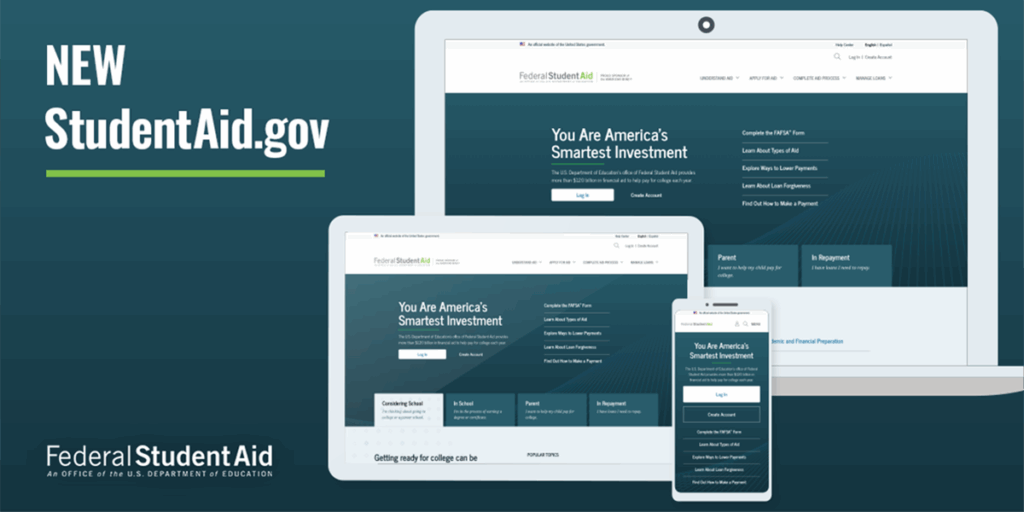
Step 1: Check Your Loan Type and Servicer
Log into StudentAid.gov to confirm:
- Loan balances
- Current repayment plan
- Eligibility for forgiveness
Step 2: Submit Your PSLF Certification
Use the PSLF Help Tool to:
- Certify employment
- Track progress toward 120 payments
Step 3: Enroll in SAVE or IBR
If income is low, SAVE or IBR can reduce monthly payments—some as low as $0/month!
Step 4: Track Your Forgiveness Timeline
Use the Loan Simulator tool to:
- Forecast repayment
- Compare plans side-by-side
Forgiveness Plans at a Glance: SAVE vs. PSLF
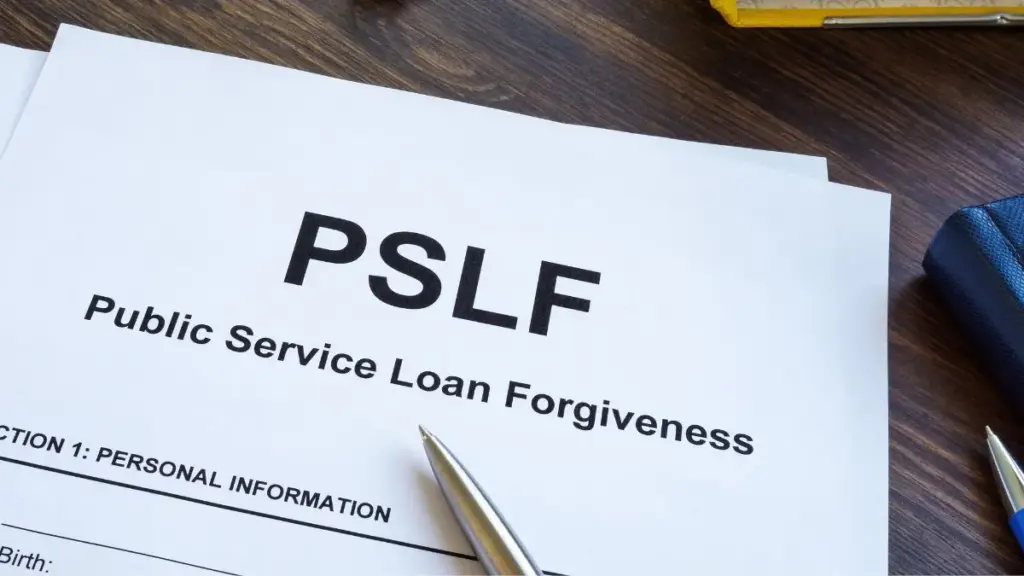
Understanding your options is the first step to getting relief. Here’s how two of the most talked-about plans compare:
| Feature | SAVE Plan (Currently Paused) | Public Service Loan Forgiveness (PSLF) |
| Who Qualifies? | Most borrowers with federal Direct Loans. | Government and qualifying non-profit employees. |
| How It Works | Makes monthly payments more affordable by basing them on your income. After 20-25 years of payments, any remaining balance is forgiven. | After making 120 qualifying monthly payments (10 years’ worth) while working for an eligible employer, your remaining loan balance is forgiven. |
| Forgiveness Amount | The entire remaining balance after the repayment term. | The entire remaining balance after 120 qualifying payments. |
| Best For… | Borrowers who need lower monthly payments over the long term. | Teachers, nurses, firefighters, and others in public service who plan to stay in their careers. |
Top 3 Mistakes to Avoid When Seeking Forgiveness
- Forgetting to Certify Your Employment: If you’re pursuing Public Service Loan Forgiveness (PSLF), you should certify your employment with the Department of Education annually or whenever you change jobs. Waiting until you’ve completed all 10 years can lead to paperwork headaches and discovering that some of your employment didn’t qualify.
- Assuming You’re in the Right Repayment Plan: Not all repayment plans qualify for every forgiveness program. For PSLF, you generally need to be on an Income-Driven Repayment (IDR) plan. Make sure your current plan counts!
- Falling for Scams: You should never have to pay a fee for help with federal student aid. If a company promises immediate forgiveness for a price, it’s a scam. Stick to the official StudentAid.gov website.
FAQs
Q: Are student loans still paused in 2025?
Nope. The payment pause officially ended in October 2023, and collections resumed May 2025.
Q: Will forgiveness under RAP be automatic?
No. You must enroll in the RAP plan and stay compliant with income documentation annually.
Q: What happens if I’m halfway through SAVE?
You’ll likely be moved to RAP in 2028—unless your loans are fully repaid or forgiven before then.
Expert Advice Corner
“Don’t wait for forgiveness to fall into your lap. Be proactive. The earlier you enroll, certify, and recertify, the better your chances of benefiting from these plans,” — Sandra Lee, Certified Student Loan Advisor
